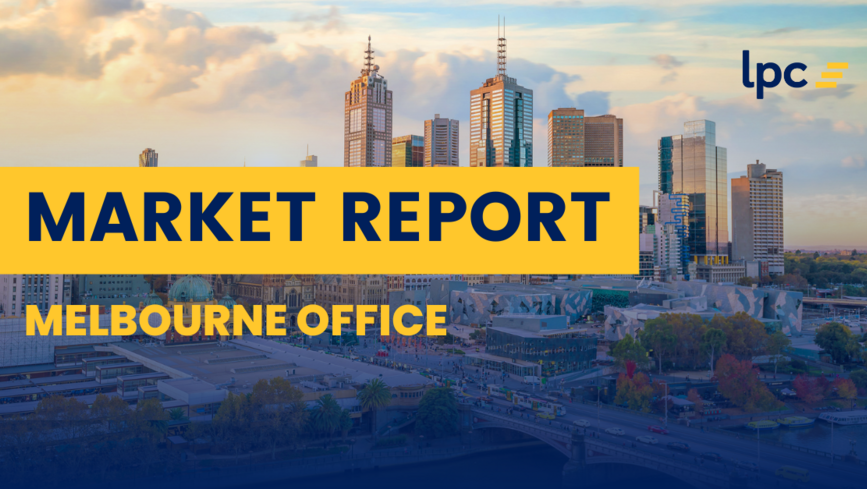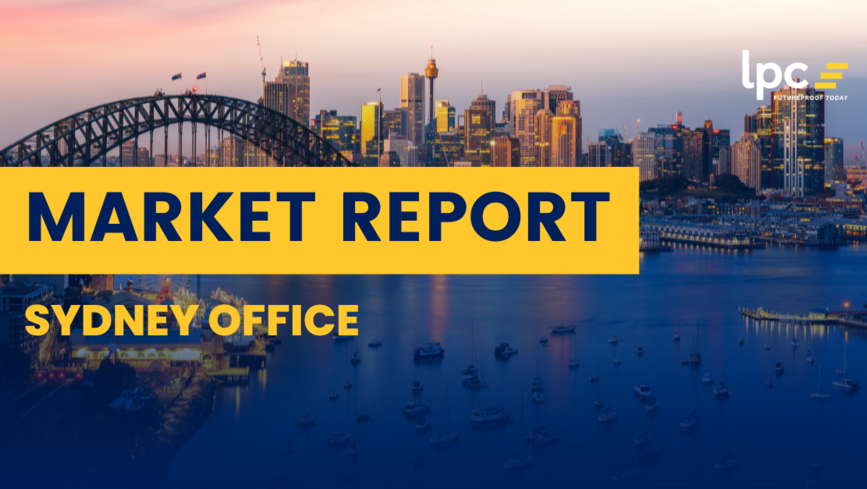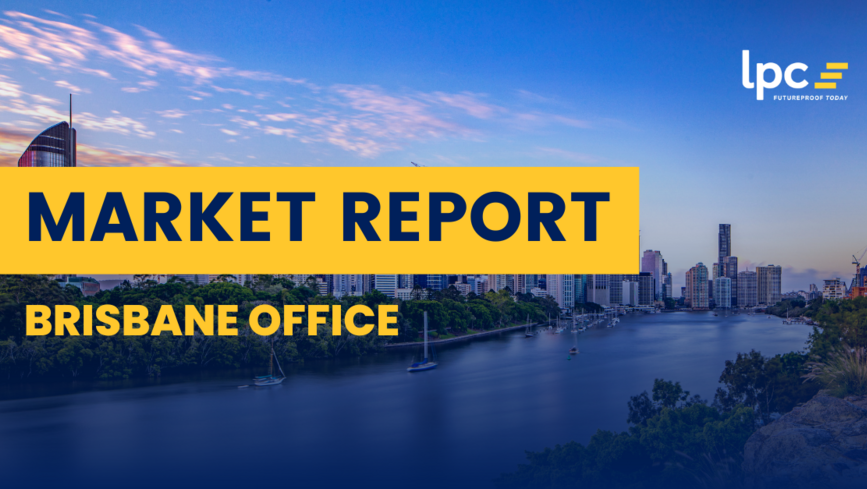Market reports

The vacancy rate of Melbourne’s CBD office buildings still remains relatively high, with the pace of workers returning to the office continuing to lag behind other Australian capital cities.

The Sydney CBD office market continues to soften, with overall vacancy rising to 13.7%, up from 12.6% in January 2025 and remaining above the 10-year average. Much of this uplift has been driven by new supply, with more than 72,500 sqm added in the first half of 2025.

The Brisbane’s CBD vacancy rate remains relatively low at 10.7%, outperforming other major CBD markets nationally, although this reflects a modest 0.5% increase since January 2025. The market's resilience is supported by strong demand for prime-grade office accommodation.

Strong net absorption of more than 22,000 sqm in the first half of 2025 has continued to push Adelaide’s CBD vacancy rate lower, now sitting at 15.0%, down from 16.4% in July 2024. Prime-grade vacancy has also tightened significantly over the past six months, falling from 18.1% to 15.1%, despite only 911 sqm of new supply being delivered. This highlights the sustained depth of occupier demand, particularly from larger tenants seeking to upgrade and refine their workspace to improve engagement and overall occupancy levels

The vacancy rate of Melbourne's CBD office buildings remains historically high, with the pace of workers returning to the office continuing to lag behind other Australian capital cities.

The Sydney CBD office market has seen vacancy rates rise to 13.7%, up from 12.6% in January 2025, and still sitting above the 10-year average. The increase is largely driven by new supply, with over 72,500 sqm added to the market in the first half of 2025.

The July 2025 CommSec State of the States report confirms Western Australia’s position as the nation’s economic frontrunner, leading in retail spending, housing finance, and equipment investment. While annual population growth has eased over the past two quarters, it remains the strongest in absolute terms nationally at 2.39%, continuing to underpin long‑term demand fundamentals.

Brisbane’s CBD vacancy rate remains comparatively low at 10.7%, outperforming other CBD office markets nationally, though this represents a 0.5% increase since January 2025. The market’s resilience continues to be underpinned by strong demand for primegrade office space.